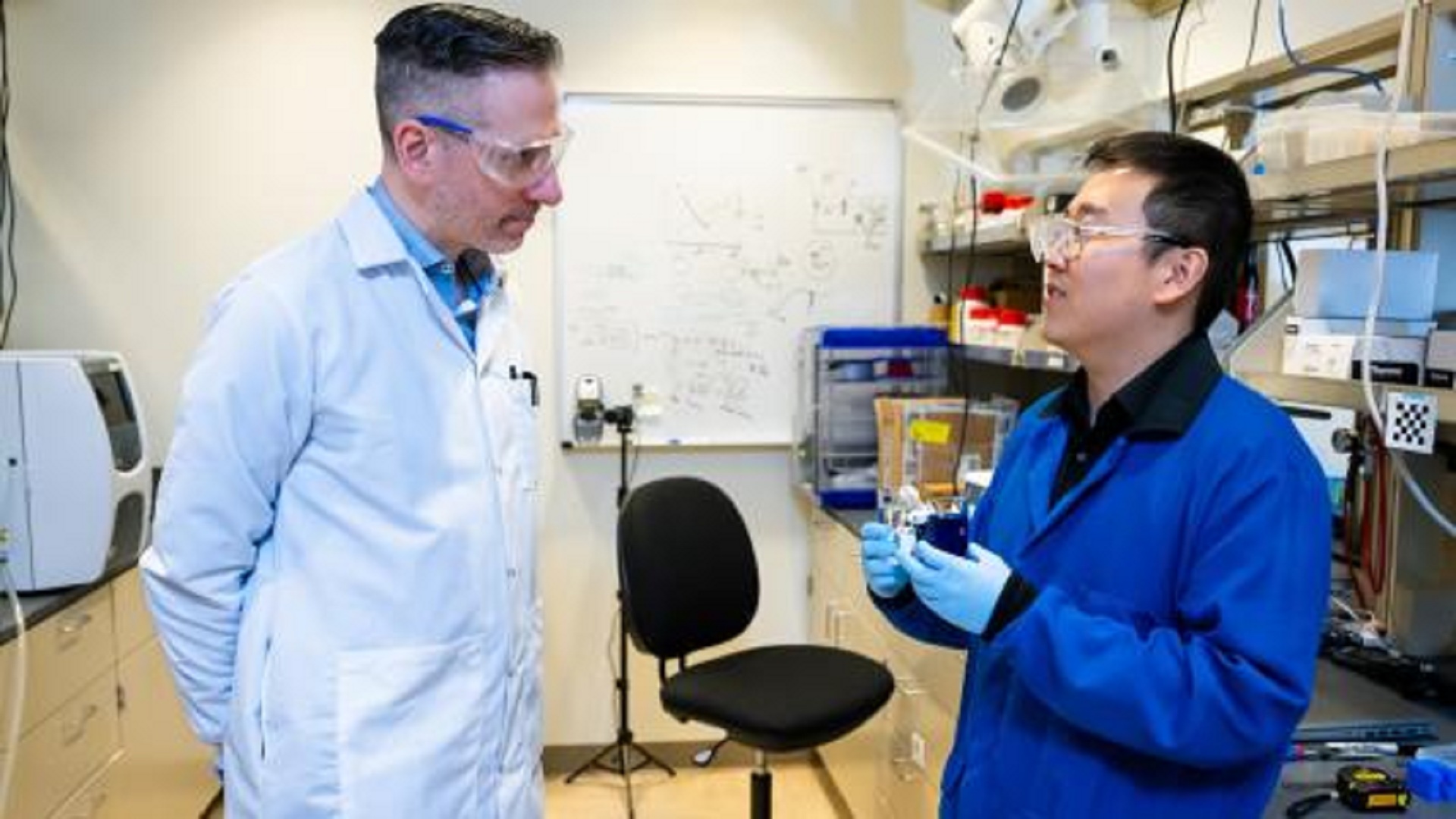Forget mines, the next lithium rush might come from the ocean.
In a major breakthrough, researchers at U.S. Department of Energy’s (DOE) Argonne National Laboratory and the University of Chicago have developed an advanced membrane technology that extracts lithium from saltwater.
Built using vermiculite, an inexpensive and naturally abundant clay that costs only about $350 per ton, the new membrane filters lithium ions with remarkable efficiency, offering a potential domestic alter native to traditional mining.
Mining without a mine
Most of the world’s lithium currently comes from a handful of countries via hard-rock mining or salt lake evaporation. These processes are not only costly and slow, but leave global supply chains vulnerable.
Yet, vast amounts of lithium lie dissolved in seawater and underground brines. Until now, extracting it from these sources has been prohibitively inefficient.
The Argonne-UChicago team devised a method to peel the vermiculite into ultrathin sheets, just a billionth of a meter thick, and then restack them to create a dense, layered filter. The sheets are so incredibly thin, they’re classified as two-dimensional materials.
However, the layers of untreated clay fell apart in water within half an hour due to their strong affinity to it.
To solve this problem, the researchers layered the 2D clay membrane with microscopic aluminum oxide pillars, giving it a stable, parking-garage-like structure.
This architecture not only keeps the membrane intact in water but also enables it to filter ions based on both size and charge, which is key to separating lithium from lookalike elements like magnesium and sodium.
Power hidden in brine
Next, the researchers infused the membrane with sodium cations, which clustered around the aluminum oxide pillars.
This shifted the membrane’s surface charge from neutral to positive. In saltwater, both lithium and magnesium ions are positively charged, but magnesium carries a higher charge (+2) compared to lithium’s (+1).
The positively charged membrane repels the more strongly charged magnesium ions more forcefully, allowing lithium ions to pass through more easily while keeping magnesium out.
To enhance selectivity further, the team added additional sodium ions, which tightened the membrane’s pore structure.
This tweak lets smaller ions like sodium and potassium pass through, while catching lithium with greater precision.
The result is a scalable, low-cost filtration method that could unlock untapped lithium reserves found abundantly in oceans, underground brines, and even wastewater.
“Filtering by both ion size and charge, our membrane can pull lithium out of water with much greater efficiency,” said first author Yining Liu, a Ph.D. candidate at UChicago and a member of the AMEWS team.
“Such a membrane could reduce our dependence on foreign suppliers and open the door to new lithium reserves in places we never considered.”
The implications of the membrane go beyond lithium. Researchers say it could help recover other critical minerals, including nickel, cobalt, rare earth elements, and even remove harmful contaminants from drinking water.
“There are many types of this clay material,” said Liu. “We’re exploring how it might help collect critical elements from seawater and salt lake brines or even help clean up our drinking water.”
